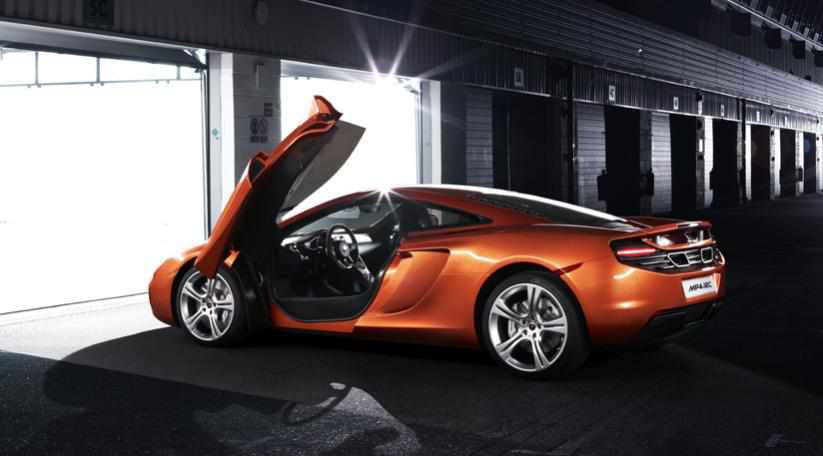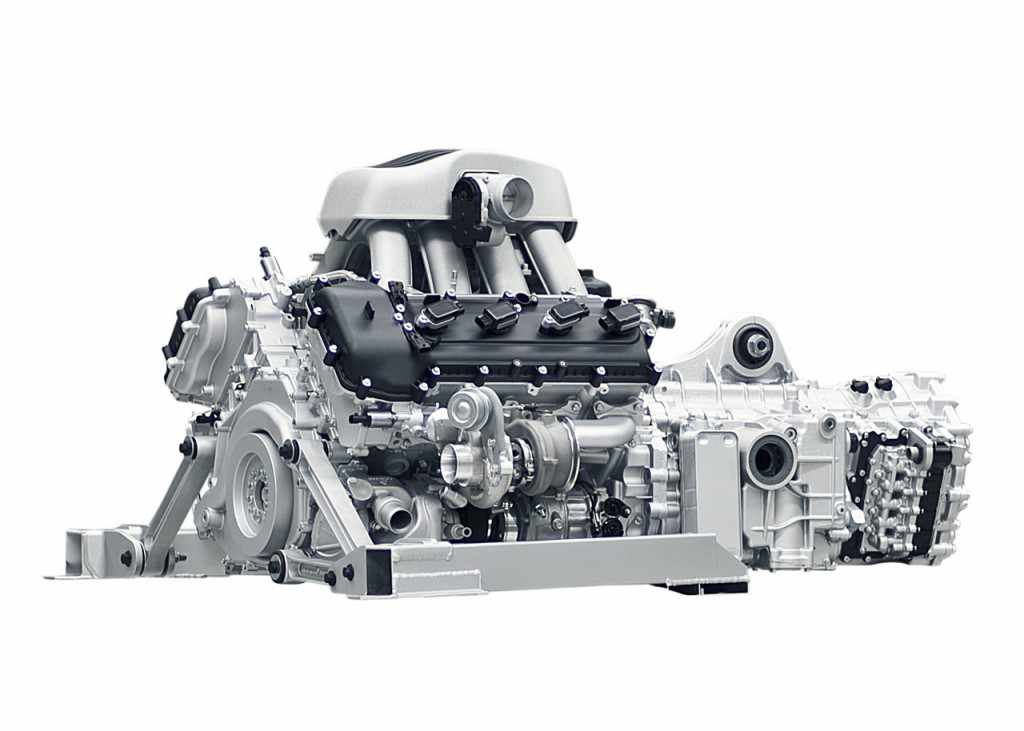McLaren MP4-12c? Take away the McLaren name and you might be forgiven for thinking you were buying a Blu-Ray player, not the most important supercar of the new decade. The most important? Really, CarEnvy? Ya, really. Well, thus far at least. And we haven’t forgotten about the flamboyant Merc SLS, the fizzy Ferrari 458 Italia, and the slightly uncouth Lexus LFA either. Wait, what? Didn’t we just wax lyrical about the Lexus LFA and how it was soooo amazing (despite needing a few more horses under-hood)? Well, yes, but that was then, and this is now.
Now, a small company from smaller town in Britain has developed a lighter, more powerful, faster, less expensive, and (I’d be remiss if I didn’t mention) better fuel economy than the powerhouses of Stuttgart, Maranello, and Toyota City. How?
It probably has something to do with Macca’s Formula One operations residing in the same building as their road car operations as well as a guy named Ron Dennis.
Regardless of how it happened, the supercar market will soon have an entry that won’t bow to Nissan GT-R and its (soulless?) perversion of the fast-car market. Easier said than done, no doubt, especially when the MP4-12C doesn’t have the tour de force AWD system that the GT-R does. But there are similarities between the two. Take turbocharging, for example. Both cars have twin-turbocharged 3.8L engines – the Nissan making do with 6 cylinders and the Macca boasting 8. The McLaren has an appetite for revs though, buzzing all the way to 8,500 rpm to satiate customers (like us) who feed on revs. Magically, the revs aren’t at the expense of low-end torque, as in the Civic Si and BMW M3, as the newest McLaren makes 354 lb-ft at just 2,000 revs, with a max torque output of 442 lb-ft. A nice complement to the 600 hp at 8,500 rpm, I’m sure you’ll agree. This is made all the more amazing because McLaren developed and built the engine in house. Seriously, when a company of this size tries to make its own engines, they either make a tin can or the company goes bankrupt. Inexplicably, McLaren chose to make its own mill anyways, despite rumours that it would use the Mercedes AMG 6.2L or a BMW V10. Neither the GT-R nor the MP4-12C have manual transmissions though, even as an option. The 12C has a new 7-speed dual-cluth unit with the requisite flappy paddles behind the steering wheel. No PDK oddities here.
McLaren has just released performance figures for the Mp4-12C so make sure you’re sitting down and finish your drink before reading on. No one wants to splatter scotch all over their monitor. Ready? Top speed is north of 320 kph, 0-97 kph comes up in less than 3 seconds, and 0-200 is less than 10 seconds. Good lord that is fast. That is Bugatti Veyron/McLaren F1 territory from a car that’ll be about CDN$250,000 – a mere fraction of the Veyron/F1 power pair. There just aren’t words to describe how impressive performance like that is. But the reason for the speed isn’t just power, it’s weight. Ahh yes, weight: the arch-nemesis of performance and fuel economy. The MP4-12C weighs a scarcely-there 1,300 kg (2866 lbs). Think of the MP4-12C as Keira Knightly and the Bugatti Veyron as Serena Williams.
The weakness of the MP4-12C is undoubtedly the aesthetic of the design. Aside from the Lamborghini-style doors, the style could be denigrated as derivative. No one in the right mind would criticize the engineering prowess of McLaren, just as no one would call their designs jaw-dropping. McLaren, then, is a car company for drivers, not boulevard cruisers and aesthetic-fussed hipsters. And that’s just fine by us. Jenson and Lewis don’t seem to mind either.
[Photo credit: Axis of Oversteer/Flikr, McLaren]
[Video credit: YouTube]



